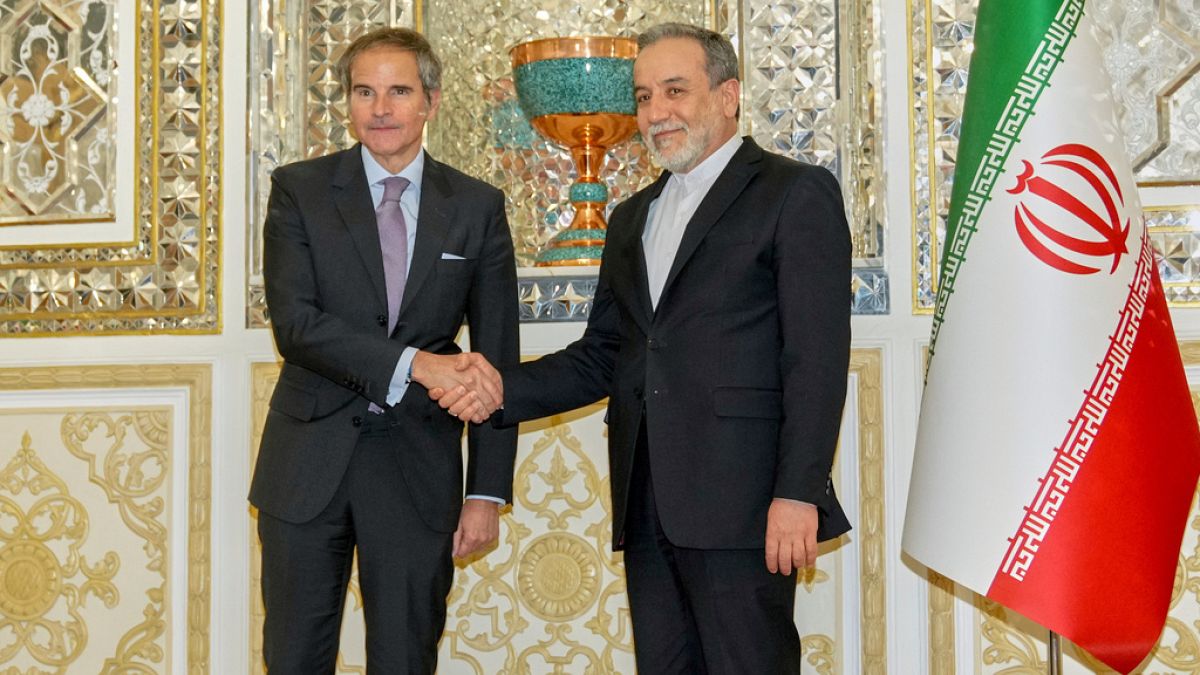

The geopolitical landscape of the Middle East is seeing a significant surge in tension, influenced by fresh developments in Iran’s nuclear capabilities and intensifying military actions involving Israel. These events underscore a shifting regional dynamic that is shaping the future landscape of the Middle East.
Recent statements by Rafael Grossi, the Director General of the International Atomic Energy Agency (IAEA), have highlighted that Iran might soon be capable of resuming high-level uranium enrichment. Grossi indicates that despite sustained efforts to suppress these capabilities, Iran could potentially reach the necessary threshold in just a few months. This development follows discussions around the damage inflicted on Iran’s nuclear facilities, which although considerable, have not resulted in a total dismantlement of their operations.
Concurrently, the diplomatic sphere is being stirred by ongoing conflicts, particularly between Iran and Israel. US Ambassador Thomas Barrack noted that the increased hostilities are opening dialogues for new diplomatic pathways, including tentative negotiations between Syria and Israel. These dialogues reportedly revolve around broad issues that encompass security and cooperation, underscoring a possible shift towards stabilization in certain areas amidst the chaos.
Amidst these diplomatic shifts, the regional conflict in Gaza continues to escalate. Israeli military operations have intensified, reportedly resulting in the deaths of at least 62 Palestinians since last Friday. These actions are part of a broader offensive that has led tens of thousands of Palestinian civilians to evacuate Gaza City in anticipation of further military incursions. The situation has garnered international attention, with calls for ceasefire initiatives and humanitarian aid efforts being voiced by several global leaders.
The conflict has also seen significant repercussions within Iran. A state funeral in Tehran commemorated the loss of key military leaders and nuclear scientists who perished amid tensions with Israel. This event drew hundreds of thousands in a public display of mourning, revealing the internal impact of the external conflicts on Iranian society.
Former US President Donald Trump recently asserted that American military strikes had considerably disrupted Iran’s nuclear capabilities, though the accuracy and long-term impact of these actions remain subjects of debate. Iran, in response, has expressed strong doubts about Israel’s commitment to maintaining any prospective ceasefire, with their military leadership prepared to respond to any further aggression.
In parallel, the situation in Ukraine provides a stark counterpoint to the unfolding events in the Middle East. Ukraine has faced one of its most substantial aerial bombardments by Russian forces, an action deemed the largest of its kind since the onset of conflict. The bombardments included over 530 air assaults, highlighting the sustained volatility and the intersecting challenges facing Europe and the Middle East at this time.
These developments illustrate a deeply interconnected geopolitical environment, where challenges in nuclear negotiations, regional conflicts, and international diplomacy intersect. As these fronts evolve, efforts to establish dialogue and maintain peace are essential in fostering stability and preventing further escalation in these historically pivotal regions. The international community continues to monitor closely, advocating for peaceful resolutions and support for affected populations, highlighting the ongoing need for dialogue and diplomacy in mitigating conflict. Ultimately, these initiatives aim to nurture a climate conducive to lasting peace and security, amid the turbulent backdrop of recent events.
Source: {link}
